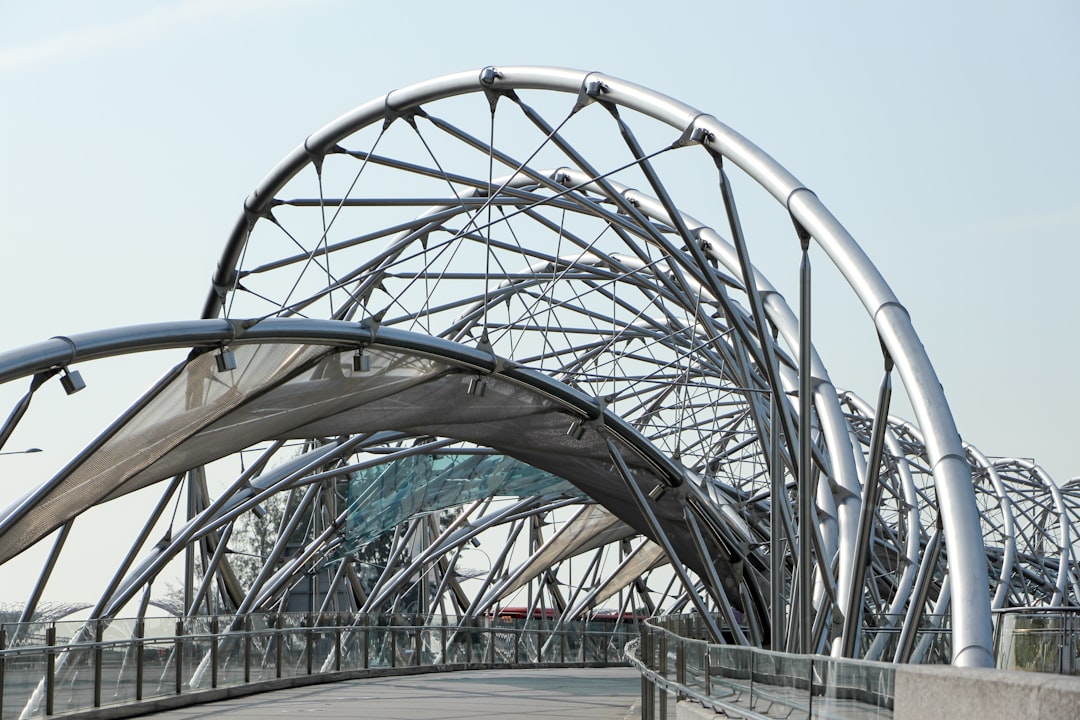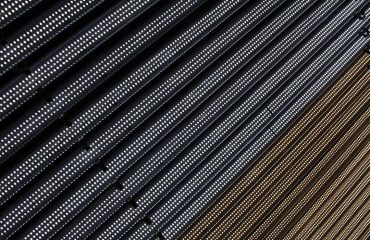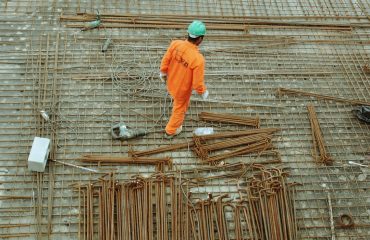body {
font-family: sans-serif;
line-height: 1.6;
margin: 20px;
}
h1, h2, h3 {
color: #333;
}
h1 {
font-size: 2.5em;
}
h2 {
font-size: 2em;
}
h3 {
font-size: 1.5em;
}
code {
background-color: #f0f0f0;
padding: 2px 4px;
border-radius: 4px;
}
Understanding structural steel sections is crucial for any structural engineer. Among the various profiles available, the UPN profile, also known as a parallel flange channel, plays a significant role in diverse construction projects. This comprehensive guide delves into the intricacies of UPN profiles, providing valuable insights into their properties, applications, and design considerations.
Understanding UPN Profile Geometry and Properties
UPN profiles are characterized by their parallel flanges and a single web, creating a C-shaped section. This unique geometry provides excellent bending stiffness in one direction, making them ideal for applications where bending loads are predominantly unidirectional. Key properties that define a UPN profile include its dimensions (height, width, thickness of flanges and web), section modulus (both elastic and plastic), moment of inertia, and area. These parameters are crucial for calculating stress and deflection under various loading conditions. Manufacturers provide detailed tables specifying these properties for different UPN sizes, which are essential for accurate structural design. These tables typically include data on weight per unit length, which is vital for overall project cost estimation.
Applications of UPN Profiles in Structural Engineering
The versatility of UPN profiles makes them suitable for a wide range of applications in structural engineering. Common uses include:
- Beams and Lintels: Their high bending stiffness makes them suitable for supporting loads in various structures, including buildings and bridges.
- Columns: While not as efficient as other sections for pure compression, UPN profiles can be used as columns, especially in situations where bending moments are also present.
- Support Structures: They are often employed as supporting elements in scaffolding, racking systems, and other temporary or permanent structures.
- Cladding and Roofing Systems: Their C-shape lends itself to creating robust and lightweight frames for cladding and roofing applications.
- Reinforcement: UPN profiles can be used to reinforce existing structures or enhance the stability of weaker elements.
Design Considerations for UPN Profiles
Designing with UPN profiles requires careful consideration of several factors. These include:
- Load Calculations: Accurate determination of dead loads, live loads, and other relevant forces is paramount. This involves considering factors such as the intended use of the structure, environmental conditions, and safety regulations.
- Stress Analysis: Utilizing appropriate design codes and software, engineers perform stress analysis to ensure that the chosen UPN profile can withstand the anticipated loads without exceeding allowable stress limits. This often involves considering both bending and shear stresses.
- Deflection Limits: Excessive deflection can compromise the functionality and aesthetics of a structure. Therefore, deflection calculations are crucial to ensure that the chosen profile meets the required serviceability limits.
- Stability: Lateral-torsional buckling is a potential concern, especially for longer UPN sections subjected to bending. Proper bracing and design techniques are necessary to prevent this type of failure.
- Connections: The choice of connection methods significantly impacts the overall structural performance. Appropriate welding, bolting, or other connection techniques should be selected based on the specific application and design requirements.
Material Selection and Properties for UPN Profiles
UPN profiles are typically manufactured from structural steel, which is a versatile and readily available material. The specific grade of steel used will depend on the project requirements and the anticipated loading conditions. Higher strength steels offer increased load-bearing capacity but may also be more expensive. Understanding the material properties, such as yield strength, tensile strength, and modulus of elasticity, is crucial for accurate design calculations. These properties are usually specified in relevant steel standards and should be carefully considered during the selection process. The corrosion resistance of the steel is another important factor; in certain environments, additional protective measures such as galvanization or painting may be required.
Comparing UPN Profiles with Other Steel Sections
UPN profiles are just one type of steel section available to structural engineers. Comparing them to other sections, such as I-beams (IPE), angles (L), and channels (U), helps in selecting the most appropriate profile for a given application. I-beams generally offer superior bending stiffness and strength, particularly for larger spans. Angles are suitable for applications requiring connections at both flanges. U-sections, similar to UPNs, provide excellent bending stiffness but may differ in flange geometry and properties. The choice of section depends on factors such as the load type, span length, and available space, necessitating a detailed comparative analysis to optimize structural design.
By carefully considering the factors discussed above, structural engineers can effectively utilize UPN profiles to create safe, efficient, and cost-effective structures. Remember to always consult relevant design codes and standards to ensure compliance with safety regulations.
SEO-Friendly Tags:
- UPN Profile
- Structural Steel Design
- Parallel Flange Channel
- Steel Section Properties
- Structural Engineering Calculations




